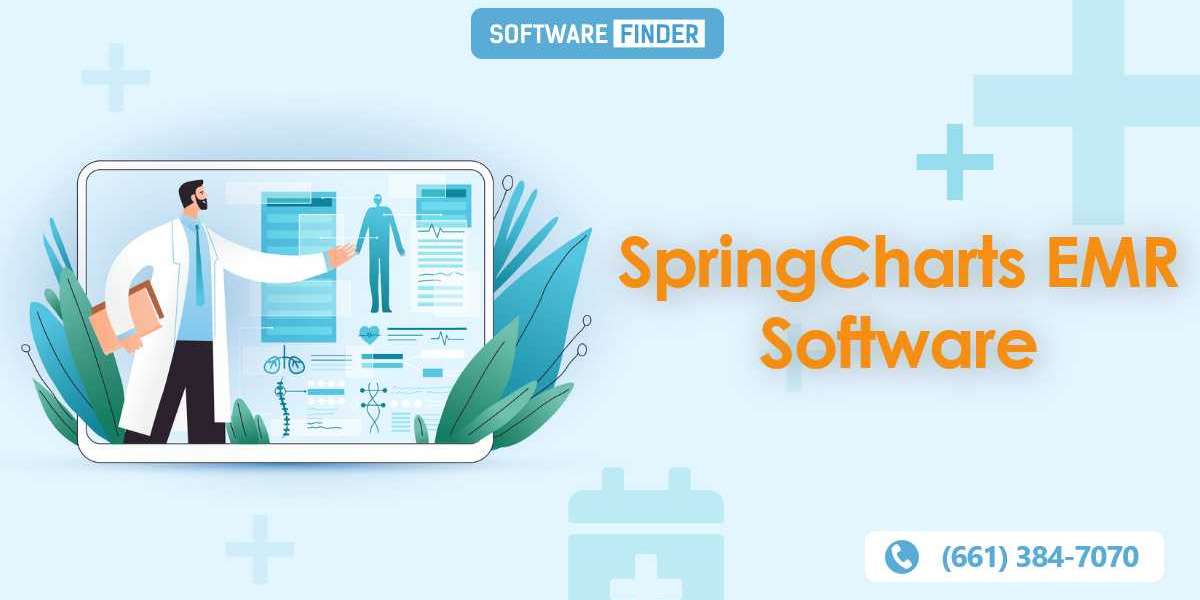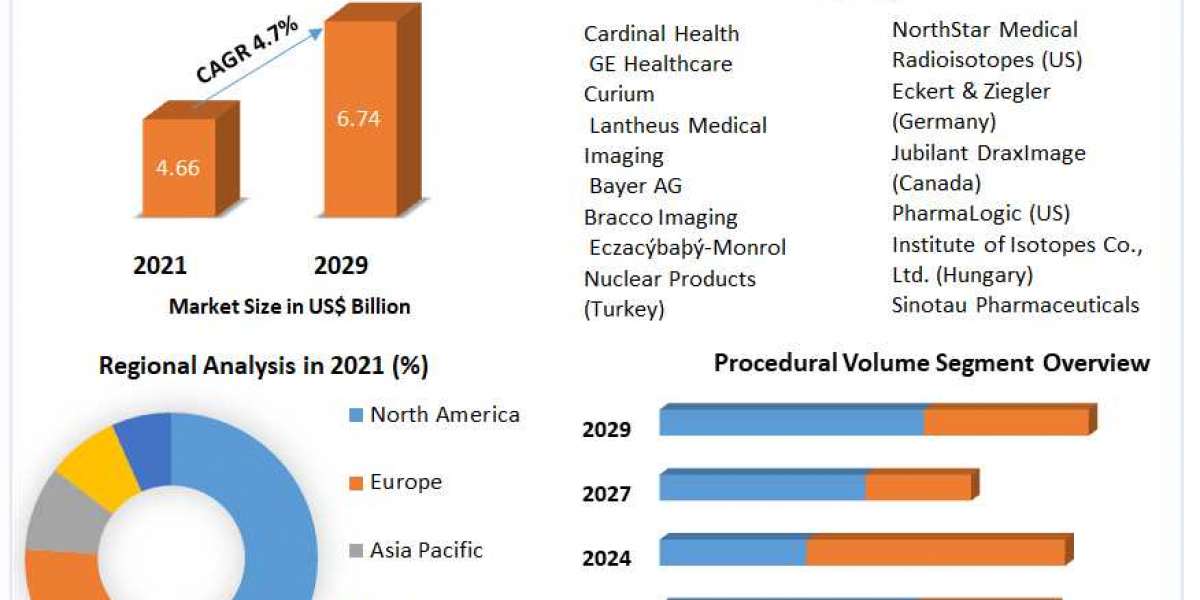Streamlined Medical Records with SpringCharts EMR combines electronic health records (EHR) and practice management systems for ambulatory practices. It automates front and back office operations to reduce administrative burdens and enable physicians to spend more time with patients.
The system requires no complicated hardware and is easy to set up once a simple network is in place. Training is quick and internet based. User-customizable templates and PopUp Text speed up charting.
Streamlined Documentation
SpringCharts EHR is a practice management (PM) and electronic medical record software solution for physician clinics. It combines robust clinical tools, such as a template-based medical records system and an evaluation and management (EM) coder, with templates for office forms and clerical tools that speed front-office patient processing and documentation. It also includes a compliance tracking feature, a patient self-service portal and support for lab and immunization integration. It has been adapted to meet the unique needs of cardiology, anesthesiology, dermatology, ophthalmology and neurology practices.
When creating a new patient record in SpringCharts, the clerical staff enters a patient name and demographic information into the New Patient window. The first few letters of the patient s last name are entered into the Search box in order to locate the existing demographic data for that person in the database. If the existing patient is located the clerical staff can use the [Copy Patient] button to copy all of the existing demographic data into the new patient record.
Once the new patient information is saved the program will automatically create a unique consecutive patient ID number for that particular patient and will display it in the PMS ID field. The PMS ID field can be populated with the patient s unique identification code from a practice management system (PMS) if the software is interfaced to one.
The Category and Specialty fields in the new address window are populated from lists set up in the Category Preferences setup windows on the SpringCharts server. These lists enable the program to display specific addresses in various places throughout the application based on the categorization of the information.
The clinic s clerical staff can then choose the appropriate type of address for the new patient. The Clinic Default is the most commonly used; however, the clerical staff can set up individual defaults for pharmacies, testing facilities, and referring physicians. The clerical staff can then save the new patient address. During the new patient set up process, the clerical staff can also begin recording a test and/or treatment history by selecting a link from the History menu.
Streamlined Scheduling
EMRs allow medical professionals to schedule appointments with patients through an online patient portal, thereby saving time and money. Moreover, they help patients keep track of their appointments. In addition, the software helps doctors and medical staff to access a patient’s medical history and improve the quality of care that they provide.
Designed by physicists, SpringCharts EMR is intuitive and easy to use. With the help of this tool, doctors can create charts in a few clicks. The chart layout is similar to that of a paper chart, which makes it easy for doctors to navigate. The software also offers an auto-complete feature that speeds up charting. The software is compatible with most tablets, and users can choose from a variety of templates to create their own charts.
The system can be accessed on the computer, tablet or mobile device and can be used by all members of a practice. It features a secure and reliable system, and allows doctors to customize their charting and documentation to fit the needs of their specialty. In addition, the software is flexible and easily integrates with other systems in a healthcare facility.
It is also user-friendly and provides a seamless interface between all aspects of the practice, including patient records, billing, coding, and communication. In addition, the software provides a number of important features that help physicians meet Meaningful Use requirements and accelerates the process of becoming certified. The software is available in two versions: Standard and Professional.
The software provides users with a comprehensive database of clinical and administrative tools that enhance the efficiency of any physician’s office. It allows users to save time by automating routine tasks, resulting in improved productivity and quality of work. It also allows providers to reduce costs and increase revenue like aprima.
SpringCharts is a simple and cost-effective electronic health record solution that is designed to be used by clinicians across all levels of hospitals. It is built using industry standard “commodity” hardware and software, and training is efficient, quick, and Internet-based, making it easier to implement and less expensive than most other solutions.
Streamlined Billing
Medical billing is one of the most complex processes in a healthcare practice. Using software to streamline this process makes it easier and faster for staff members to get the job done. It also saves space and prevents wasting valuable time rummaging through paper records. This software is ideal for medical clinics of all sizes.
A healthcare IT company can offer a number of different software solutions to streamline your operations. These include electronic medical record systems, patient portals, billing entry software and document management applications. These solutions can help you automate many of your workflows, improve efficiency and reduce costs. They can also help you avoid errors and ensure that your records are accurate.
The streamlined billing features of SpringCharts EMR allow medical practitioners to complete patient insurance claims quickly and efficiently. These tools centralize claim processing and enable front desk staff to swiftly complete procedures from charge capture to invoicing and reimbursement. They also identify illegibility and faulty data entries for easy correction before final submission to insurance payers.
With these streamlined billing tools, administrative staff can focus on patient care instead of clerical work, and patients can receive better medical treatment. These software solutions can be integrated with other healthcare systems, including dental records and x-rays. This allows physicians to share information with their colleagues and patients more easily, saving them time and money.
Streamlined billing software is available from several vendors, including StrongBox RCM Software and NUBooking. The former is a revenue cycle management solution that can be used in multidisciplinary practices at hospitals and clinics of all sizes. It has a user-friendly interface and can be used by both individuals and organizations. The latter is a scheduling system that can be used by medical professionals and patients to schedule appointments with doctors before the actual meeting.
A healthcare IT company can also help you with medical coding software, which will speed up the process of sending the claims to insurance companies. The software can help you reduce the risk of claims being rejected, which will save you a lot of money in the long run.
Streamlined Communication
Designed by physicians, SpringCharts EMR is simple to use and allows the physician to run their practice their way. Its rich standards-based functionality provides the physician with instant access to patient charts and office status. Its intuitive user interface and superior feature set increase productivity and quality of patient care.
A key feature of SpringCharts is its ability to track a patient's chart across multiple locations. This is especially helpful for patients who see different providers within a network of clinics. This feature improves the patient experience by allowing doctors to access all of a patient's medical history from one source. It also helps eliminate duplication of tests and procedures.
Other features of SpringCharts include a patient portal, electronic billing and insurance verification. It also helps streamline communications between offices and between physicians, reducing the need for paper documentation. Moreover, its advanced charting technology can automatically pull data from external sources, such as laboratory tests and X-rays, thereby saving time and improving accuracy.
SpringCharts is available as an on-premise solution and can be used by small to midsize healthcare organizations, including cardiology, anesthesiology, dermatology, immunology, ophthalmology, and neurology practices. The system is integrated with a patient portal that allows patients to make payments online and request prescription refills.
Users can access the application by clicking on the SpringCharts icon on their desktop. When the program launches, a tutorial will appear. This tutorial can be closed by selecting the [Next] button and following the directions offered by the installer.
Once the program is installed, it can be launched by double-clicking on the SpringCharts icon on the desktop. The program can be opened in the Small Screen or Large Screen view, depending on the computer's resolution and preference.
Once the program opens, the physician can manage their day from the Productivity Center by checking out messages, outstanding labs and Rx refills from their tablet or PC. The charting of patients is streamlined by using the "Tap and Go" feature which significantly speeds up charting for Tablet PC's. The next step in the physical flow of charts through the office is identified by a clear ToDo list, eliminating lost or stalled charts.



